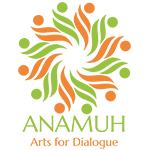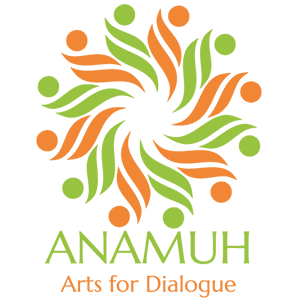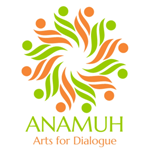” The lesson an image teaches does not reside in its physical structure, but rather in how people interpret the image in question.” (Carolyn C.Wang, PhotoVoice creator )
PhotoVoice is a participatory photography process by which people can identify, represent, and enhance their community through a specific photographic technique.
As a practice based in the production of knowledge, PhotoVoice has three main goals: (1) to enable people to record and reflect their community’s strengths and concerns, (2) to promote critical dialogue and knowledge about important issues through large and small group discussion of photographs, and (3) to reach policymakers.
Through a combination of photography and group discussions, PhotoVoice enables members of the community to identify their viewpoints and use them as tools for social change. An effective method to analyze everyday life experiences, to empower and give voice to marginalized communities.
In a PhotoVoice is a process, people – usually those with limited power due to poverty, language barriers, race, class, ethnicity, gender, culture, or other circumstances – use video and/or photo images to capture aspects of their environment and experiences and share them with others. The pictures can then be used, usually with captions composed by the photographers, to bring the realities of the photographers’ lives home to the public and policy makers and to spur social change.
The concept has existed for many years, but much of the theoretical background of current programs comes from the work of Caroline C. Wang of the University of Michigan. In 1992, Wang and Mary Ann Burris developed PhotoVoice based on a combination of Paulo Freire’s notion of “critical consciousness” (a deep understanding of the way the world works and how society, politics, and power relationships affect one’s own situation); feminist theory, which emphasizes the importance of voice; and documentary photography, which is often used to help bring about social change.
Wang and Burris gave cameras to a group of rural village women in Yunnan Province in China, who documented their lives and environment for an entire year. Groups of women gathered at regular intervals to view and discuss the pictures they took. At the end of the project, the group hosted an exhibition of their photographs, and used it to raise the consciousness of the general public and of policy makers about their needs. The women had gained a voice, greater self-respect, and a sense of increased control over their lives.
Wang defines five key concepts for Photovoice in Photovoice: A Participatory Action Research Strategy Applied to Women’s Health, a 1999 article in the Journal of Women’s Health.
These five concepts include:
- Images teach
- Pictures can influence policy
- Community members ought to participate in creating and defining the images that shape healthful public policy
- The process requires that from the outset planners bring policy makers and other influential people to the table to serve as an audience
- Photovoice emphasizes individual and community action
The Photovoice technique has been used in many countries with people including youth in difficult circumstances, people with disabilities and particular medical conditions (e.g., tuberculosis, HIV/AIDS), the very poor, groups subject to violence, and with many others whose experiences are unknown or seemingly ignored by the community and by those in power.
A well-known example of the use of Photovoice can be seen in the film “Born into Brothels,” which won an Academy Award for best documentary in 2005. Photographer Zana Briski, in the course of documenting the lives of sex workers and their children in the red light district of Calcutta, decided to give several of the children cameras and ask them to document their world. Their sensitive and often striking photos, and the film that resulted from them, gave rise to Kids With Cameras and Kids With Destiny which continues Briski’s work, and has opened the doors to a new life for many of the children involved.
Photovoice has three main goals:
- To help those who are often unheard gain a voice, enabling them to record and reflect on their experiences and their communities’ conditions, both positive and negative.
- To encourage critical consciousness. Through choosing, discussing, and reflecting on the subjects of their photographs, the photographers can come to a clearer understanding of their circumstances and the economic, social, psychological, and political forces that shape them.
- To bring about change that will improve conditions and enhance lives by reaching and influencing policy makers.
The term “critical consciousness” comes from the work of the Brazilian educator Paulo Freire. Freire’s use of the term refers to the process of those who are oppressed using critical thinking about their own situations. Analyzing the forces shaping their circumstances is a first step toward bringing about change.
In order to achieve these goals, it’s important to understand that Photovoice entails much more than just handing people cameras and sending them out to take pictures or video. The photographers start by learning the basics of camera use and discussing safe and ethical documentary practices. In most cases, they meet regularly in a facilitated group (often jointly led by a photographer and a counselor or other human service worker) to show and discuss the images they’ve taken, and to be able to state opinions and feelings in a safe and supportive environment. Other possible elements of a Photovoice program are discussed in the how-to part of this section. A Photovoice project or program can be an inexpensive and powerful tool for both life change and social change, but it needs to be planned and executed with a good deal of thought.
Since Photovoice is essentially a type of participatory action research, it can also be used as a qualitative research method, as an assessment tool, as a way of gathering data, and as an evaluation tool. A Photovoice project can be freestanding, but is more often – and probably more effectively – run in collaboration with an existing group or coalition.
(Via CommunityToolBox)



